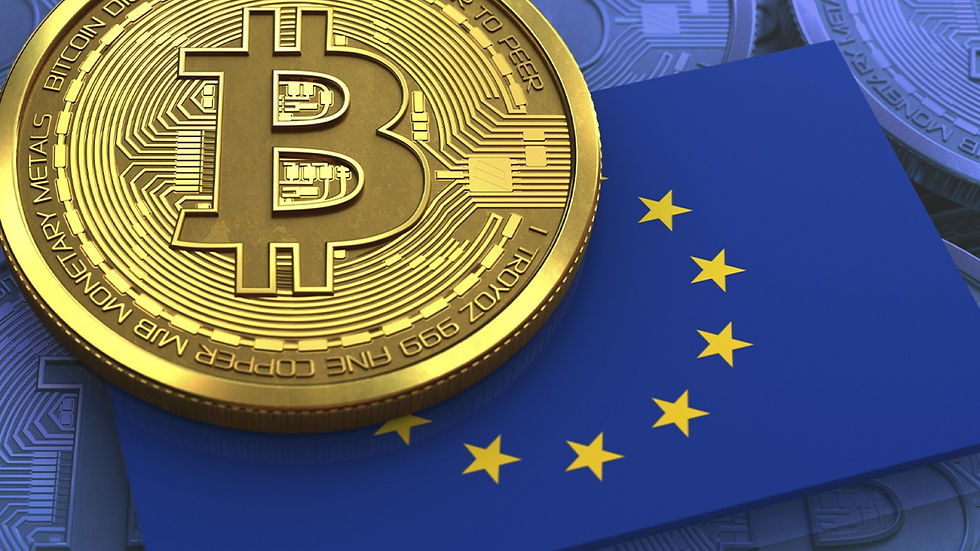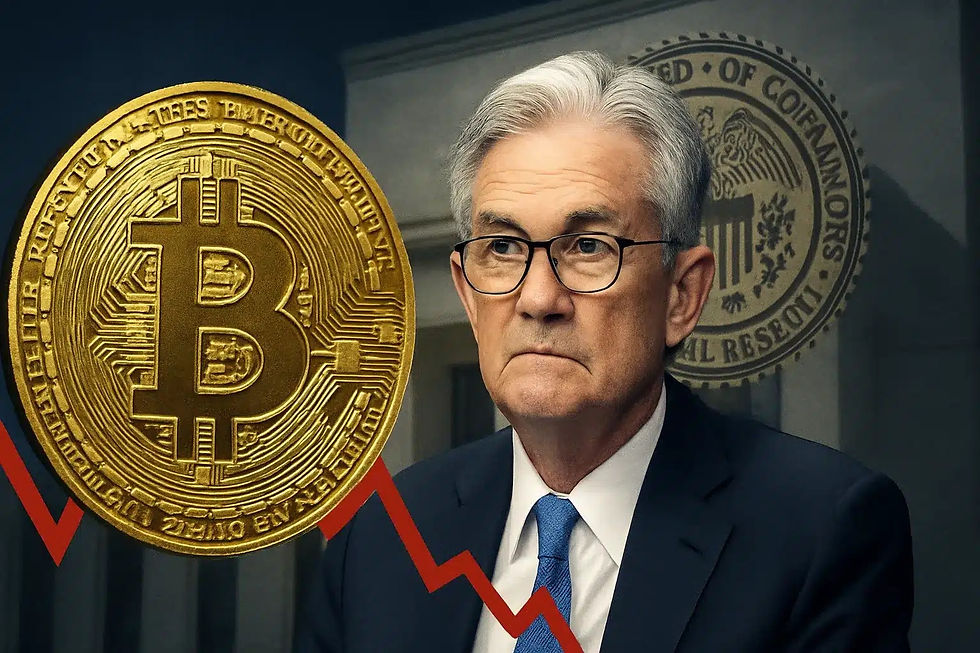Europe’s Crypto Race: Exchanges Battle for MiCA-Driven Market Dominance
- Gator

- Jul 2
- 3 min read

Introduction
Europe’s cryptocurrency market is heating up as major exchanges like OKX, Coinbase, Bybit, and Crypto.com secure licenses under the European Union’s Markets in Crypto-Assets Regulation (MiCA), intensifying competition in a $26 billion market. Announced on July 1, 2025, these approvals grant exchanges a “pan-European passport” to operate across all 30 European Economic Area (EEA) countries, sparking a race to capture market share. As regulatory clarity fuels trust and adoption, Europe’s crypto landscape is poised for transformation, though compliance challenges loom for smaller players.
MiCA Licenses Unlock Pan-European Access
The EU’s MiCA regulation, fully implemented in December 2024, has standardized crypto oversight, requiring exchanges to meet strict investor protection, capital, and anti-money laundering (AML) standards. OKX, Coinbase, Bybit, and Crypto.com have secured MiCA licenses in 2025, joining Bitvavo and Bitpanda, which gained approvals earlier. OKX Europe CEO Erald Ghoos told Cointelegraph that MiCA’s “clear regulatory framework” fosters long-term planning, enabling exchanges to serve all 30 EEA countries with a single license. This “pan-European passport” has driven a 70% quarter-on-quarter increase in EU trading volumes in Q1 2025, per Paybis co-founder Konstantins Vasilenko.
Competitive Edge Through ComplianceMiCA
compliance offers exchanges a competitive advantage by building trust and stability. Bybit’s spokesperson emphasized that operating under MiCA demands “strict controls around investor protection, capital requirements, operational transparency, and AML compliance,” separating regulated platforms from unlicensed actors. Bitpanda’s deputy CEO, Lukas Enzersdorfer-Konrad, noted that Europe-native exchanges like his have adhered to such standards from inception, while newcomers like Coinbase and Crypto.com are now aligning with these rules. This regulatory leveling has sparked consolidation, with serious players gaining ground, as seen in Bybit’s launch of its MiCA-compliant Bybit.eu platform.
Stablecoins and Custody Services Fuel Growth
The competitive landscape extends beyond trading to stablecoins and custody. Paxos’s USDG stablecoin, launched in the EU with MiCA compliance, is backed by Kraken and Gate, aligning with reserve and audit requirements. Meanwhile, Germany’s Deutsche Bank and Sparkassen-Finanzgruppe plan to offer crypto custody services in 2026, partnering with Bitpanda and Taurus to meet growing demand. These developments reflect Europe’s broader crypto adoption, with posts on X from users like @CryptoPanzerHQ highlighting MiCA’s role in driving innovation and trust. However, smaller exchanges face challenges, as compliance costs could sideline them, potentially reducing market diversity.
Challenges and Future Outlook
While MiCA fosters a stable environment, it introduces complexities. Critics argue it increases surveillance and red tape, potentially limiting monetary freedom. Smaller exchanges may struggle with MiCA’s stringent requirements, risking consolidation that favors larger players, as noted by a Bybit spokesperson. X posts, such as @TrianaAgent’s claim of an “exchange showdown,” reflect excitement but overstate immediate impacts, as rulemaking and testing could delay full market effects until 2026. With European regulators already discussing “MiCA 2.0” to address gaps, the region may outpace the U.S., where crypto regulation remains fragmented.
Conclusion: Europe’s Crypto Market at a Crossroads
Europe’s crypto exchange landscape is undergoing a seismic shift, driven by MiCA’s regulatory clarity and the influx of major players like OKX, Coinbase, and Bybit. The promise of a unified market, bolstered by stablecoin integration and custody services, positions Europe as a potential global crypto leader. Yet, the high cost of compliance threatens smaller exchanges, and debates over surveillance highlight tensions between regulation and freedom. As competition intensifies in this $26 billion market, Europe’s ability to balance innovation with oversight will shape its role in the global crypto economy, setting a precedent for regulated growth.





Comments